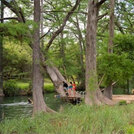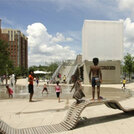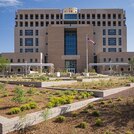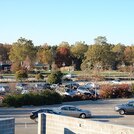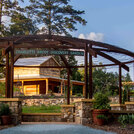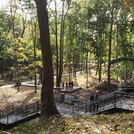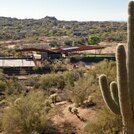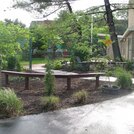Case Study Brief
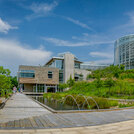
Phipps Conservatory Center for Sustainable Landscapes
Pittsburgh, Pennsylvania
“This project represents leadership in site sustainability, including becoming the first project in the world to achieve SITES v2 Platinum certification. The 2.9-acre site, a former brownfield with no existing natural landcover, has been transformed to manage 99% of rainfall events using green infrastructure and features 1.5 acres of new green space with over 100 native plant species. Central to the CSL landscape is a 4,000-sf lagoon that is populated with native fish and turtles. A visitor to the CSL can learn about the beauty and benefits of native plant communities, green infrastructure and its role in improving local water quality, and also see the wildlife that the site is designed to preserve and protect.”


